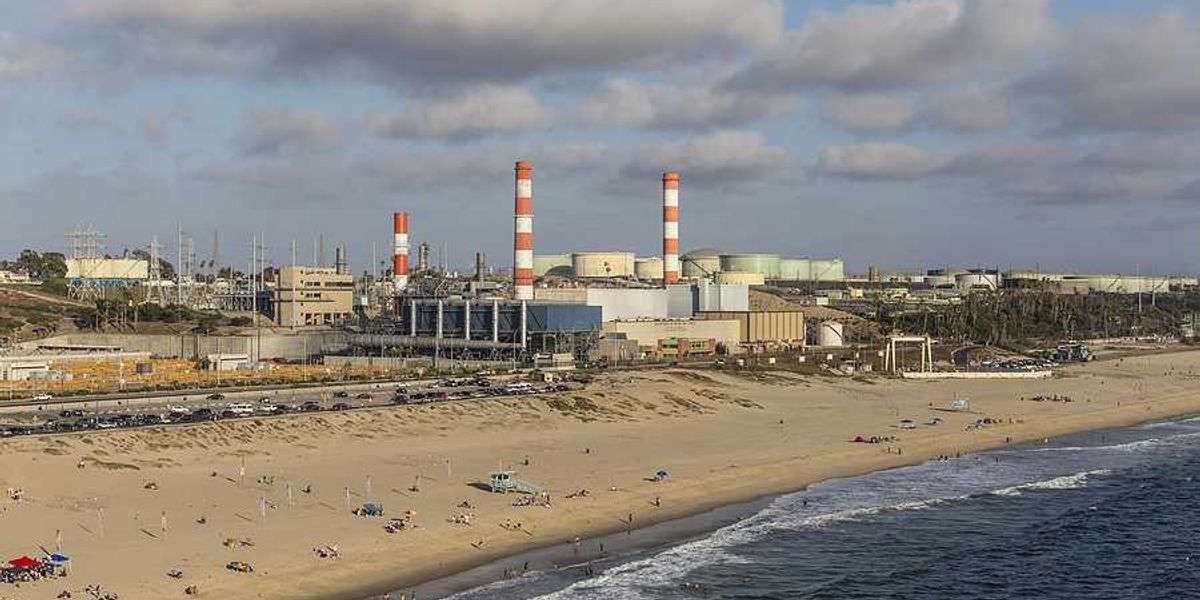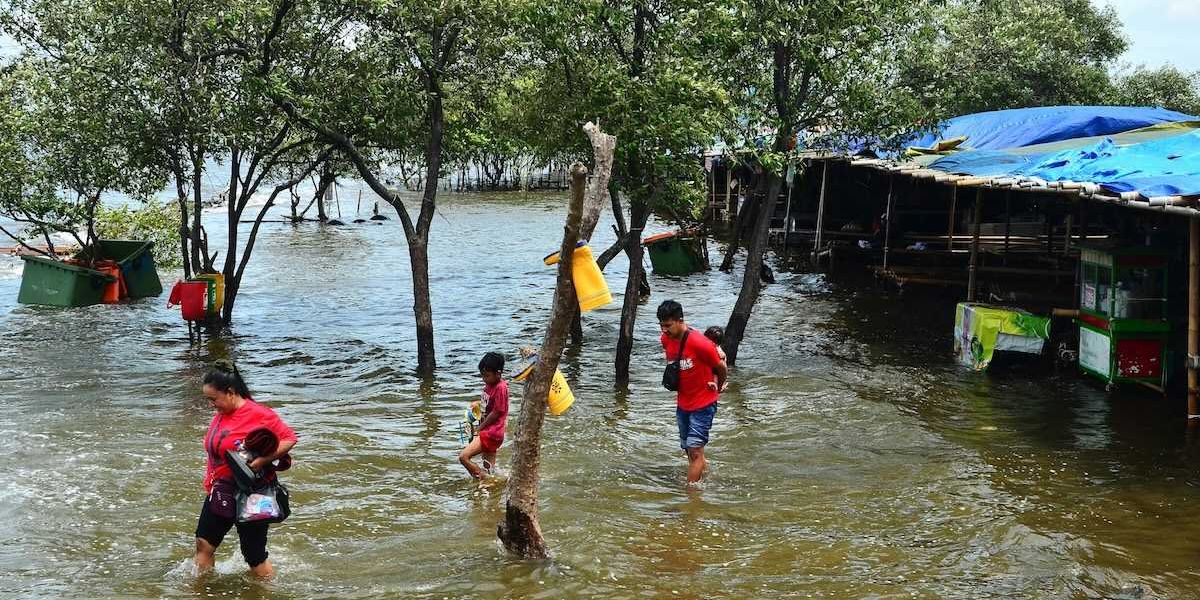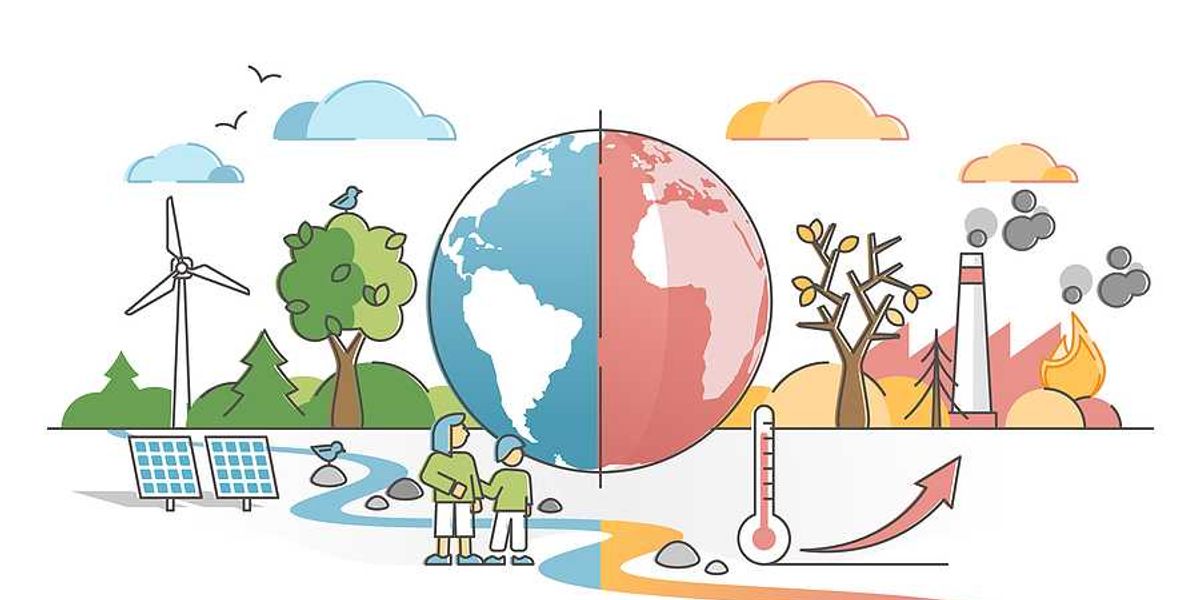New protections for nature must account for climate risks, scientists say
Rising temperatures are reshaping ecosystems, and scientists warn that unless protected areas are designed with climate adaptation in mind, they may fail to preserve biodiversity in the decades to come.
Marina Martinez writes for Mongabay.
In short:
- Scientists say the global push to protect 30% of land and water by 2030 must adopt “climate-smart” planning, using models that anticipate how climate change will shift species’ habitats and stress ecosystems.
- Many protected areas already face climate disruptions, with research showing two-thirds of tropical forest Key Biodiversity Areas now experiencing novel temperature regimes, threatening the species they were meant to shield.
- Initiatives like the Climate Adaptation and Protected Areas project are restoring habitats, empowering local communities, and factoring climate risks into conservation strategies across Africa, Fiji and Belize.
Key quote:
“Protected and conserved areas can contribute towards climate change adaptation and mitigation. However, for this to work, it is essential that these areas are well connected, and that appropriate policies and effective management are put in place.”
— Elise Belle, project manager at the United Nations Environment Programme, World Conservation Monitoring Centre Europe
Why this matters:
Protected areas are cornerstones of biodiversity conservation, but climate change is upending the assumptions on which they were built. As temperatures rise and rainfall patterns shift, animals and plants are moving in search of new habitats. Areas that once served as reliable refuges may no longer meet the ecological needs of species they were meant to protect. If new conservation zones are based solely on current species distributions, they risk becoming obsolete within a generation. Worse, existing protected areas could become population traps — isolated, unadaptable, and unable to connect wildlife with the corridors they need to survive. This matters not just for wildlife, but for the human communities that rely on ecosystems for clean water, pollination, food and flood control. Climate-smart planning could help maintain these life-support systems in the face of accelerating change.
Related: Climate change is erasing Indigenous languages along with biodiversity













